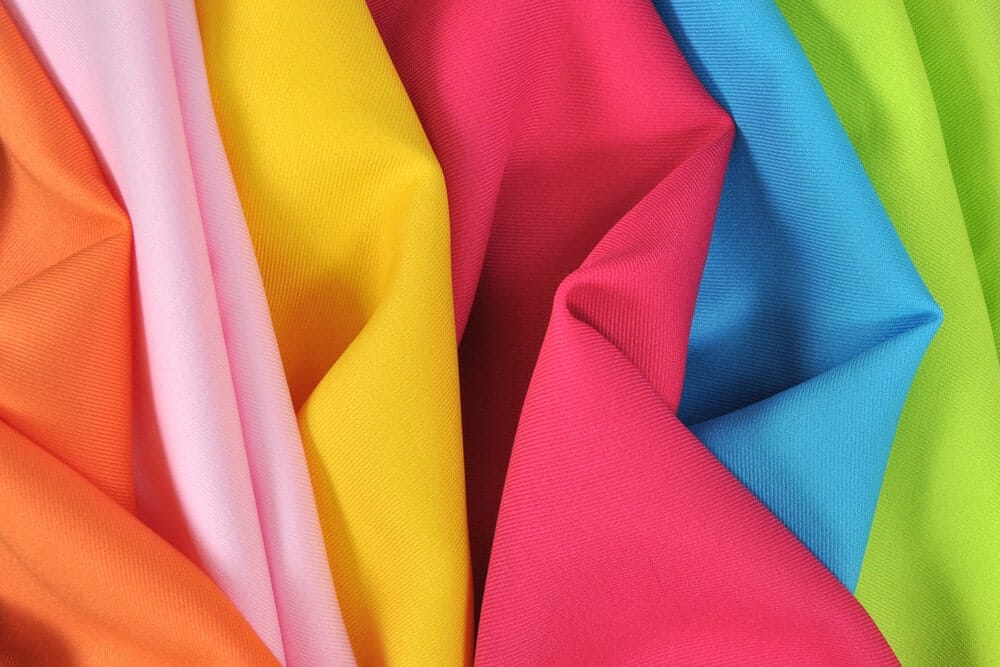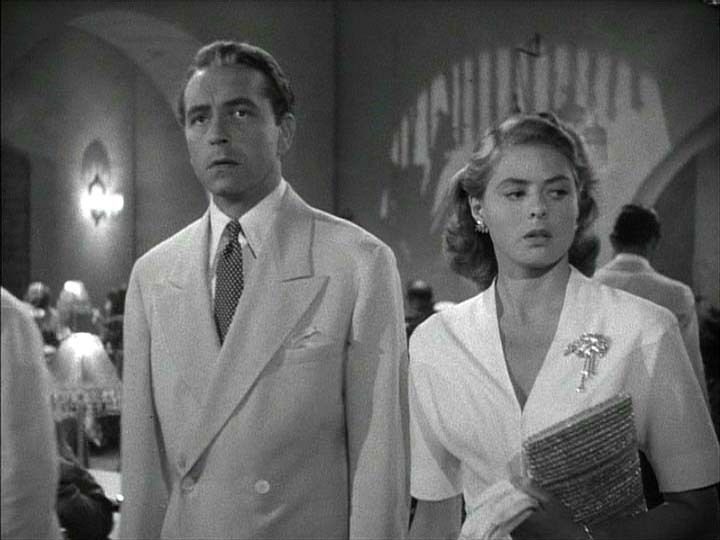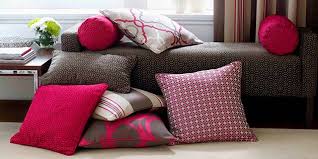- Home
- Blogs
- FabCouture
- What Is Gabardine Fabric? Uses, Types, and Care Guide
- What Is Gaba...
What Is Gabardine Fabric? Uses, Types, and Care Guide
- By FabCouture
- • Sep 03, 2024

In the ever-evolving world of textiles, few fabrics have stood the test of time quite like gabardine. This versatile material, with its distinctive diagonal weave and durable nature, has been a staple in fashion and upholstery for over a century. Let's delve into the fascinating world of gabardine fabric, exploring its rich history, unique characteristics, and diverse applications in today's market.
The Origins of Gabardine: A Brief History

Gabardine's story begins in the late 19th century, when British inventor Thomas Burberry sought to create a fabric that could withstand the harsh British weather while remaining comfortable and stylish. In 1879, Burberry succeeded in developing gabardine, patenting it in 1888. This innovative textile quickly gained popularity for its water-resistant properties and durability, becoming a cornerstone of Burberry's iconic outerwear.
Interestingly, gabardine's roots can be traced back even further to medieval Spain, where it was used for traveling coats and other practical clothing. This historical pedigree underscores gabardine's enduring appeal and functionality.
Understanding Gabardine: Composition and Weave
Gabardine is characterized by its tight, diagonal weave, which gives the fabric its distinctive appearance and many of its beneficial properties. Traditionally made from worsted wool, modern gabardine can also be crafted from cotton, polyester, or blends of these fibers.
The fabric's unique structure results in:
- A smooth surface on one side
- A subtle, ribbed texture on the reverse
- Excellent drape and shape retention
- Superior durability and resistance to wear
Key Characteristics of Gabardine Fabric
1. Durability
The tight twill weave of gabardine creates a robust fabric that resists wear and tear. This makes it an excellent choice for garments and upholstery that need to withstand frequent use.
2. Water Resistance
While not completely waterproof, gabardine's dense weave naturally repels water, making it suitable for outerwear and outdoor applications.
3. Wrinkle Resistance
The fabric's structure helps it maintain a crisp appearance, resisting wrinkles and creases better than many other textiles.
4. Versatility in Dyeing
Gabardine takes dye exceptionally well, allowing for a wide range of color options and even intricate patterns.
5. Breathability
Despite its tight weave, gabardine allows air circulation, making it comfortable for various climates and seasons.
Types of Gabardine: A Fabric for Every Need
Wool Gabardine
The classic version of the fabric, wool gabardine offers excellent drape and a luxurious feel. It's ideal for tailored garments like suits, trousers, and high-end outerwear.
Cotton Gabardine
Lighter and more breathable than its wool counterpart, cotton gabardine is perfect for summer clothing, casual wear, and children's garments.
Polyester Gabardine
This synthetic version offers enhanced durability and easier care. It's often blended with natural fibers to combine the best properties of both materials.
Stretch Gabardine
By incorporating elastane or spandex, stretch gabardine provides additional comfort and flexibility, making it popular for modern, form-fitting designs.
Applications of Gabardine: From Fashion to Function
Fashion and Apparel
Gabardine's versatility shines in the fashion world. It's used in:
- Suits and formal wear
- Trousers and skirts
- Jackets and coats
- Uniforms for various professions
Upholstery and Home Decor

The durability and aesthetic appeal of gabardine make it an excellent choice for:
- Sofa and chair coverings
- Throw pillows and cushions
- Draperies and curtains
Accessories
Gabardine's water-resistant properties and strength make it suitable for:
- Bags and backpacks
- Hats and caps
- Shoe uppers
Technical and Outdoor Gear
The fabric's weather-resistant qualities are valuable in:
- Camping equipment
- Protective workwear
- Sports uniforms
Caring for Gabardine: Maintaining Its Beauty
To ensure your gabardine items last, follow these care tips:
- Always check the care label, as requirements may vary based on fiber content.
- Most gabardine can be machine washed in cold water and tumble dried on low heat.
- Iron on a medium setting, using a press cloth to prevent shine.
- For wool gabardine, dry cleaning is often recommended to maintain its shape and finish.
The Future of Gabardine: Innovations and Trends
As textile technology advances, we're seeing exciting developments in gabardine production:
- Eco-friendly versions made from recycled or sustainable fibers
- Enhanced performance characteristics through nanotechnology
- Integration with smart textiles for tech-enabled clothing
Conclusion: The Enduring Appeal of Gabardine
From its humble beginnings as a weather-resistant fabric to its current status as a versatile textile for fashion and function, gabardine has proven its worth time and time again. Its unique combination of durability, comfort, and style ensures that gabardine will continue to be a favored choice for designers, manufacturers, and consumers alike.
Whether you're seeking a fabric for a tailored suit, durable upholstery, or weather-resistant outdoor gear, gabardine offers a timeless solution that marries form and function beautifully. As we look to the future, it's clear that this remarkable fabric will continue to evolve, adapting to new needs while maintaining the core qualities that have made it a textile icon for over a century.
FAQs
To further clarify some common queries about gabardine fabric, we've compiled a list of frequently asked questions:
Is gabardine expensive?
The cost of gabardine can vary depending on its composition and quality. High-end wool gabardine used in luxury suits and coats can be quite expensive due to the quality of the wool and the craftsmanship involved. However, cotton and polyester gabardines are generally more affordable. The price also depends on factors such as the brand, the complexity of the weave, and any special treatments applied to the fabric. While gabardine may be pricier than some basic fabrics, its durability often makes it a cost-effective choice in the long run.
Is gabardine good for summer?
Gabardine can be suitable for summer wear, especially when made from lighter materials like cotton or fine wool. Cotton gabardine, in particular, is excellent for summer clothing due to its breathability and moisture-wicking properties. The tight weave of gabardine also provides some protection from UV rays, making it a good choice for outdoor summer activities. However, heavier wool gabardines are better suited for cooler weather. When choosing gabardine for summer, opt for lighter weights and natural fibers for the best comfort.
Is gabardine waterproof?
While gabardine is highly water-resistant, it's not completely waterproof. The tight weave of gabardine naturally repels water to a significant degree, which is why it's often used in raincoats and outdoor gear. However, in heavy or prolonged rain, water can eventually penetrate the fabric. For enhanced water protection, some gabardine fabrics are treated with water-repellent finishes. If you need fully waterproof protection, look for gabardine items that have been specially treated or consider fabrics specifically designed to be waterproof.
Is gabardine cotton?
Gabardine can be made from cotton, but it isn't exclusively a cotton fabric. Originally, gabardine was made from worsted wool. Today, gabardine can be produced from various fibers, including:
- Wool
- Cotton
- Polyester
- Rayon
- Blends of these fibers
Cotton gabardine is popular for its breathability and comfort, especially in warmer climates or for casual wear. When shopping for gabardine, always check the fiber content to ensure you're getting the type of gabardine that best suits your needs.
What is Tencel gabardine?
Tencel gabardine is a modern variation of the classic gabardine weave, using Tencel fibers instead of traditional materials like wool or cotton. Tencel, also known by its generic name lyocell, is a sustainable cellulose fiber made from wood pulp, often from eucalyptus trees.
Tencel gabardine offers several advantages:
- Sustainability: Tencel is produced using environmentally responsible processes.
- Softness: It's known for its exceptionally soft and smooth feel against the skin.
- Breathability: Tencel fibers are highly breathable and moisture-wicking.
- Durability: While soft, Tencel is also strong and resistant to wrinkles.
- Drape: Tencel gabardine has an excellent drape, making it suitable for flowing garments.
Tencel gabardine combines the classic durability and appearance of the gabardine weave with the modern benefits of Tencel fibers. It's becoming increasingly popular in eco-friendly fashion lines and is used for various garments, from casual wear to more formal attire.
Leave a Comment
Blogs
Popular Posts
Newletter
Thanks for subscribe.

Fabcouture is an online fabric store to satisfy all your couture fabrics cravings for fabric connoisseurs. We delight in the fact that we source...
0 Comment